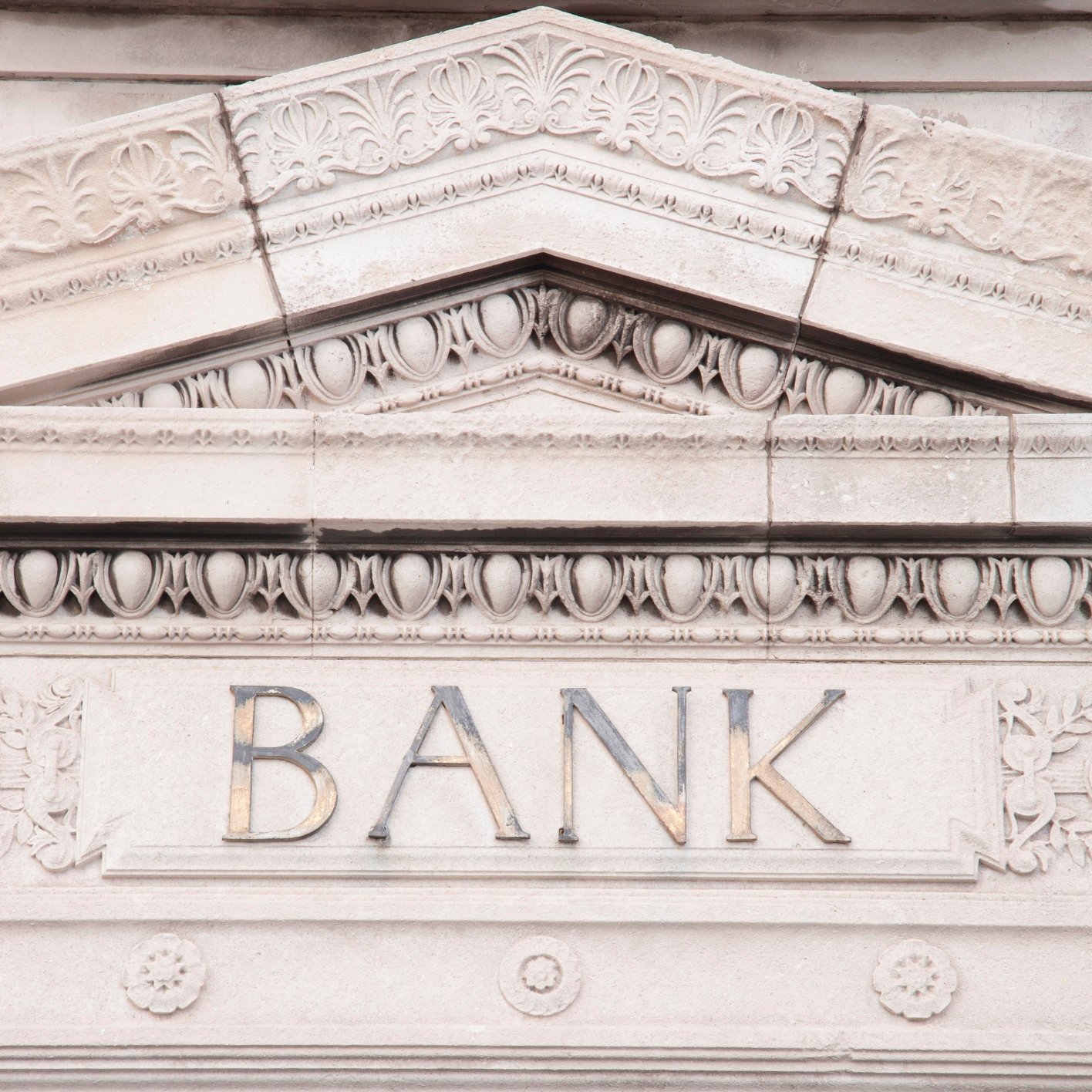Banking, finance, and taxes
20% of US Bank Branches to Disappear by 2020

Published:
Last Updated:

The rise of internet banking and finance technology (now with a buzzword of its own: fintech) has been dramatic over the past few years. Since the financial crisis of 2009, 6% of U.S. bank branches have been closed. The total number of branches open at the end of 2015 was 93,283, and that number declined by another 1,614 in 2016. By 2020, the number of U.S. branch banks will tumble 20%, according to global outsourcing firm Intelenet.
Closing branches meant real savings to banks looking to cut costs as they faced increased regulation and low interest rates over the past several years. Setting up a new branch typically costs $2 million to $4 million, according to a report at Forbes last year. Keeping a branch running costs $200,000 to $400,000 a year, and it takes about 10 years for a branch office to reach its full potential of earning about $1 million in annual profit.
Big banks like JPMorgan Chase and Wells Fargo could arguably save a lot of money by closing more branches, more quickly. The problem is that customers won’t let them.
It’s not that customers always want a branch to walk into, but when they need to talk to someone about an unusual situation, there is no substitute for a live human. Intelenet CEO Bhupender Singh said:
Although there is a rise in online banking, with fewer customers opting to go to branches, banks need to be strategic in the way they accommodate customers. Not all customers want to go solely online for the handling of such sensitive information. This is where banks can look to be really distinctive in the way they harness technology to direct financial advisers to customers’ doorsteps.
Banks currently have the advantage of an established customer base. It is the in-person expertise that continues to set banks apart from their newer fintech competitors, enabling them to remain distinctive.
Banks and bankers aren’t stupid, and they do continue to push their digital tools and services. And the older a bank’s customer is, the more likely that customer is to want to walk into a branch office. Younger customers visit a branch much less often.
There are a couple of things cooking that may curb the predicted wave of more branch closures. First, interest rates are rising. That is very good news for banks, especially the big banks with lots of retail customers like Chase and Wells Fargo. Second, the Trump administration’s promise of reducing regulation on banks, especially those rules that came into being as a result of the Dodd-Frank legislation, could reduce capital requirements as well as the costs of regulatory compliance.
Ever wanted an extra set of eyes on an investment you’re considering? Now you can speak with up to 3 financial experts in your area for FREE. By simply
clicking here you can begin to match with financial professionals who can help guide you through the financial decisions you’re making. And the best part? The first conversation with them is free.
Click here to match with up to 3 financial pros who would be excited to help you make financial decisions.
Thank you for reading! Have some feedback for us?
Contact the 24/7 Wall St. editorial team.